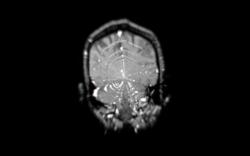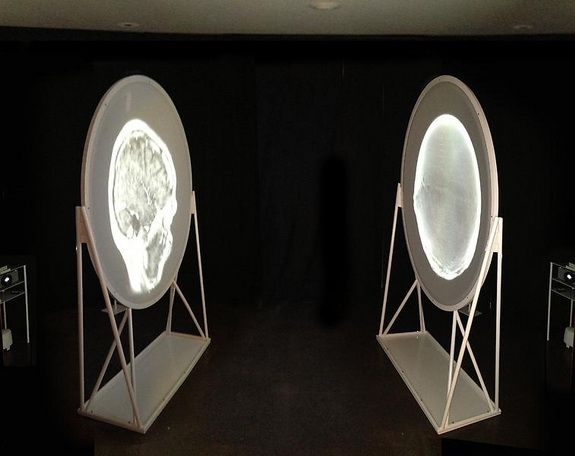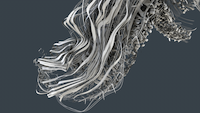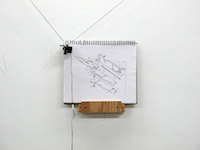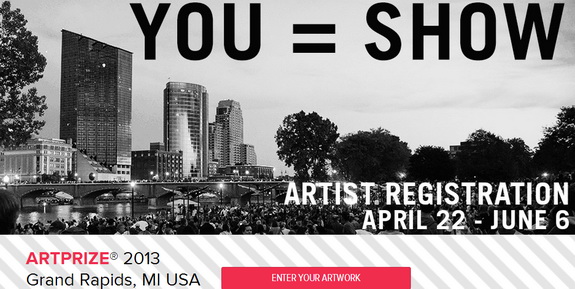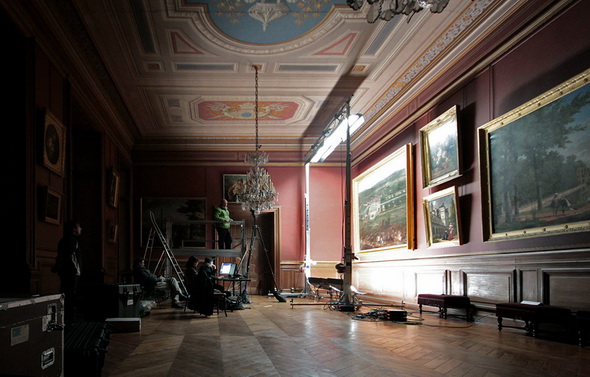Two upcoming exhibitions, Coded_Couture and Manus x Machina, will highlight artists and designers who are exploring what’s possible with fashion technology in haute couture.
Coded_Couture
Pratt Manhattan, New York
February 12-April 30, 2016
Opening during New York Fashion Week, the Coded_Couture exhibition asks visitors to consider: “Is coding the ultimate design tool for creating customized garments and accessories?”
Curated by Ginger Gregg Duggan and Judith Hoos Fox of curatorsquared, the show features the work of 10 artist-designers. Their approach to personalization is in the spirit of haute couture, but their methodology is rooted in coding. The designers are pioneering ways to use bio-sensors and other technology to gather real-time information about the wearer or viewers that substantially transforms the aesthetics of the work.
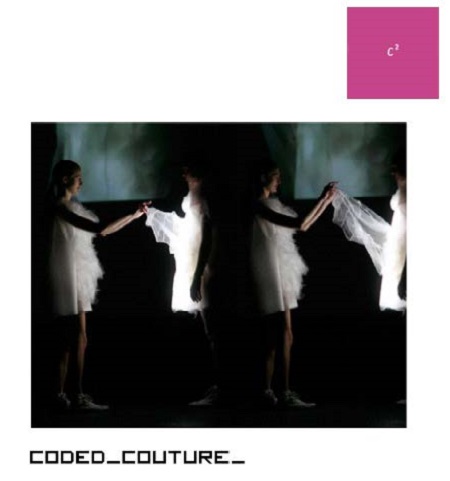
For example, Francesca Rosella and Ryan Genz of Cute Circuit have designed garments with built-in electronics and sensors. Some garments change color based on social-media feedback.
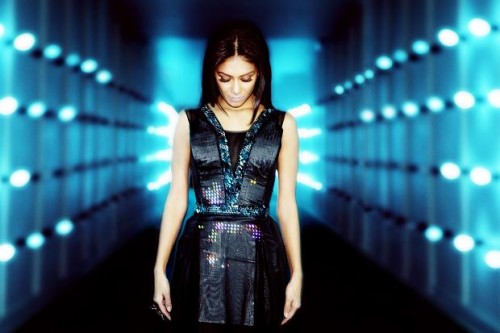
In a speculative design called “The Holy Dress,” Melissa Coleman has incorporated bio-sensors that can detect when the wearer of the dress isn’t telling the truth.
In a post on Fast Company Design, co-curator Ginger Gregg Duggan points out that “Like couture is meant to be shaped to your physical measurements, this takes it to the next level in how fashion can reflect your psyche and your interaction with others and the world at large.”
![For a project entitled "[No]Where, [Now]Here," Ying Gao created two dresses that combine super organaza, photoluminescent thread and embedded eye-tracking technology to create a dress. The luminosity of the thread is activated by the spectator's gaze. (www.yinggao.com)](https://creativesatworkblog.com/wp-content/uploads/2016/01/CodedCouture-NowHere-333x500.jpg)
Metropolitan Museum of Art: Costume Institute
May 5-August 14, 2016
The Manus x Machina exhibition will explore how designers are reconciling the handmade and the machine-made in the creation of haute couture and avant-garde ready-to-wear.
“Fashion and technology are inextricably connected, more so now than ever before,” said Thomas P. Campbell, director and CEO of the Met. “It is timely to examine the roles that the handmade and the machine-made have played in the creative process.” While the hand-made is often presented as the opposite of machine-made, “This exhibition proposes a new view in which the hand and the machine are mutual and equal protagonists.”
The exhibition is made possible by Apple, with additional support provided by Conde Nast.
“Both the automated and handcrafted processes require similar amounts of thoughtfulness and expertise,” said Jonathan Ive, Apple’s Chief Design Officer. “There are instances where technology is optimized, but ultimately it’s the amount of care put into the craftsmanship (whether it’s machine-made or handmade) that transforms ordinary materials into something extraordinary.”
The Manus x Machina exhibition will feature more than 100 examples of haute couture and avant-garde ready-to-wear, dating from an 1880s Worth gown to a 2015 Chanel suit. The exhibition will reflect on the founding of haute couture in the 19th century when the sewing machine was invented, and the emergence of the distinction between the hand (manus) and the machine (machina) at the onset of industrialization and mass production.
The galleries will present a series of displays on embroidery, feathers, pleating, knitting, lacework, leatherwork, braiding, and fringework and contrast them with ensembles that incorporate new fashion technology such as 3D printing, laser cutting, thermo shaping, computer modeling, circular knitting, ultrasonic welding, and bonding and laminating.
FOR MORE INFORMATION


